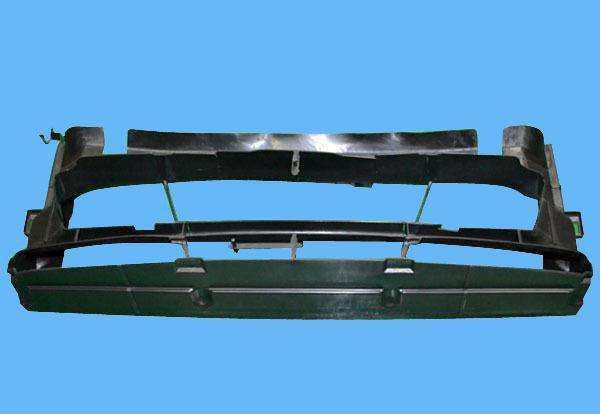| |
Plastic products are used more and more in the life and industrial fields. At the same time, the appearance quality requirements of plastic products are getting higher and higher, and the surface polishing quality of plastic injection mold processing is also correspondingly improved, especially the mirror surface and high gloss highlighting. The mold on the surface requires higher surface roughness of the mold and therefore requires higher polishing. So, what are the common polishing methods for plastic injection molds?
1. Mechanical polishing of plastic injection molds
Mechanical polishing is a polishing method that removes the polished convex portion by plastic deformation on the surface of the material to obtain a smooth surface. Generally, oil stone strips, wool wheels, sandpaper, etc. are used, which are mainly manual operations, and special parts such as the surface of the rotating body can be used. Using an auxiliary tool such as a turntable, the method of super-fine polishing can be used with high surface quality requirements. Ultra-fine grinding and polishing is a special abrasive tool. In the polishing liquid containing abrasive, it is pressed against the machined surface to perform high-speed rotary motion. This method is often used in optical lens molds.

2. Chemical polishing of plastic injection molds
Chemical Polishing Chemical polishing is a process in which a portion of a material that is microscopically convex in a chemical medium is preferentially dissolved in a concave portion to obtain a smooth surface. The main advantage of this method is that it can polish a workpiece with complex shapes without complicated equipment, and can polish many workpieces at the same time with high efficiency. The core issue of chemical polishing is the formulation of the polishing fluid. The surface roughness obtained by chemical polishing is generally several 10 μm.
3. Electropolishing of plastic injection molds
Electropolishing The basic principle of electropolishing is the same as chemical polishing, which is to selectively dissolve the surface of the material to make the surface smooth. Compared with chemical polishing, the effect of the cathode reaction can be eliminated, and the effect is good.
4. Ultrasonic polishing of plastic injection molds
Ultrasonic polishing The workpiece is placed in an abrasive suspension and placed in an ultrasonic field together. The abrasive is ground and polished on the surface of the workpiece by the action of ultrasonic waves. Ultrasonic machining has a small macroscopic force and does not cause deformation of the workpiece, but it is difficult to manufacture and install the tooling. Ultrasonic processing can be combined with chemical or electrochemical methods. On the basis of solution corrosion and electrolysis, the ultrasonic vibration stirring solution is applied to dissociate the dissolved products on the surface of the workpiece, and the corrosion or electrolyte near the surface is uniform; the cavitation of the ultrasonic wave in the liquid can also inhibit the corrosion process, which is favorable for surface illuminating.
If you need custom injection molding, please contact us.
|
|
